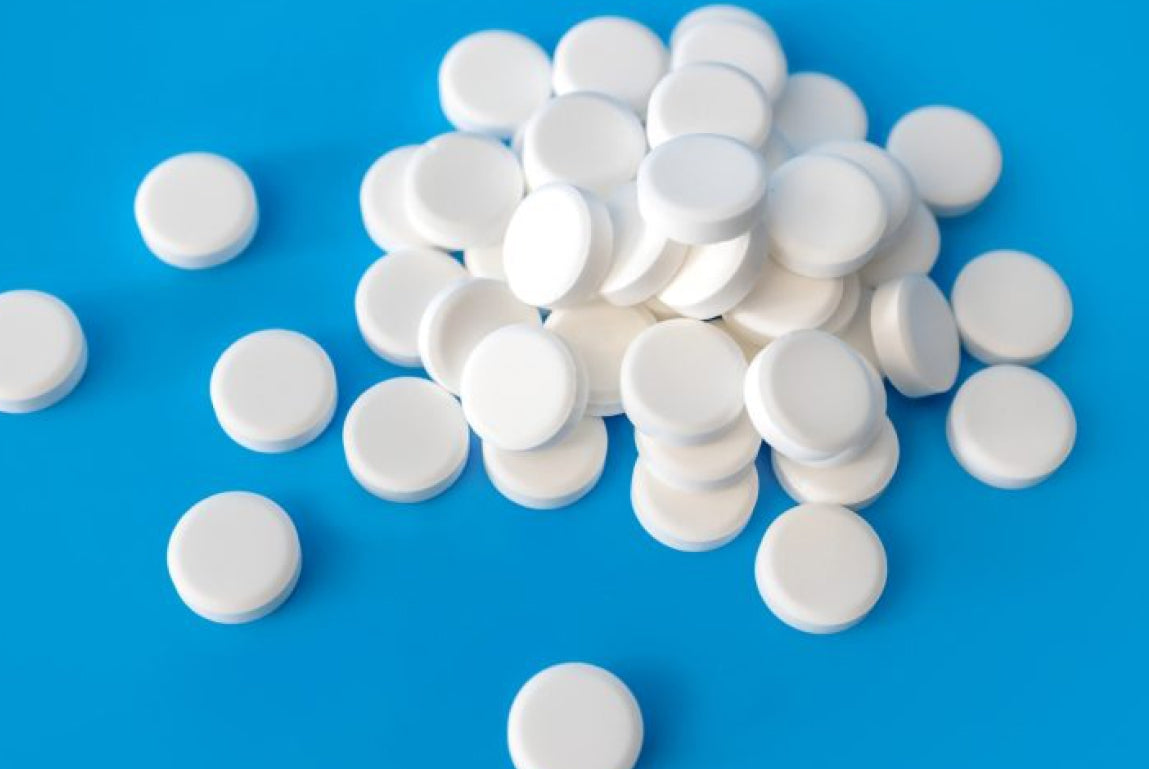

Table of Contents
Key Takeaways
Tramadol for PE works—especially on-demand doses of 25 to 100 mg.
It increases ejaculation latency time (IELT) by 2 to 7x in most studies.
Side effects can include nausea, drowsiness, and rare but serious issues like serotonin syndrome.
It’s off-label, so chat with your doctor before making it your go-to.
Tramadol vs dapoxetine? Tramadol wins for guys who want flexibility and rapid relief.
Consider trying Popstar Delay Spray if you prefer a drug-free, fast-acting option.
If premature ejaculation (PE) has been sabotaging your sex life, you’re not alone. PE is the most common male sexual dysfunction, and it’s not just about finishing early—it’s about feeling like you don’t have control, and that can take a serious toll on your confidence. While SSRIs and behavioral strategies are still the go-to treatments, tramadol—yes, the pain med your uncle might be hoarding—has quietly become an off-label contender in the bedroom.
This deep dive will explore how tramadol stacks up in the world of PE, what the research actually says, the nitty-gritty of dosing and safety, and how it compares to other treatments like SSRIs and dapoxetine. Buckle up, because we’re going under the sheets with science.
So, What Is Tramadol Anyway?
Tramadol is a synthetic opioid that was originally approved to treat moderate pain. In 2014, the DEA labeled it a Schedule IV controlled substance, which is basically the government's way of saying, "this stuff can mess you up, but not as badly as heroin."
What makes tramadol interesting for PE is its double life: it doesn't just dull pain, it also inhibits the re-uptake of serotonin and norepinephrine—two neurotransmitters heavily involved in delaying ejaculation. So, while you thought it was just a painkiller, it turns out tramadol is kind of a party crasher in your premature party.
The Brainy Stuff: Why Tramadol Delays Ejaculation
Let’s get nerdy. Ejaculation is controlled by a complex reflex arc in your spinal cord and brain. Neurotransmitters like serotonin play a role in slowing things down, while others like dopamine and oxytocin step on the gas. Tramadol increases serotonin and norepinephrine levels, which can boost your intravaginal ejaculation latency time (IELT).
Oh, and it’s mildly activating on μ-opioid receptors, which may dampen sensory overload and anxiety. Translation? Tramadol can help you last longer and freak out less while doing it.
The Evidence: Does Tramadol Actually Work for PE?
Early Trials
One study gave men 50 mg of tramadol two hours before sex and found that their median IELT shot up from 19 seconds to over four minutes. That’s not just a win—it’s a gold medal.
Other studies using 25–50 mg doses found IELT improvements ranging from 4x to 7x. Even the smaller doses showed promise, which is good news if you’re wary of jumping straight to 50 mg.
Orally Disintegrating Tablets (ODTs)
In a large trial, men using 62 mg or 89 mg ODTs saw their IELT jump by 2.4x to 3.3x. Side effects were mostly mild: think dry mouth, dizziness, and feeling a bit groggy—like a hangover without the tequila.
Daily vs. On-Demand
One study compared daily 100 mg dosing to taking it 6–8 hours before sex. The results? Pretty much the same. So you get some flexibility based on your style—planner or spontaneous animal.
Tramadol vs. SSRIs
Daily paroxetine may win in the long-term IELT Olympics, but 50 mg tramadol taken on-demand performed just as well in the short-term—and was easier on side effects.
How Long Does Tramadol Delay Ejaculation?
Studies suggest tramadol can increase IELT by 2 to 7 times. Depending on your baseline, that could mean going from 30 seconds to over 3 minutes. Not bad for a pill that moonlights as a painkiller.
But results vary. Some guys are "super responders" while others just get dizzy and annoyed. Timing also matters—take it 1 to 2 hours before sex for best results.
Let’s Talk Dosage: What’s the Sweet Spot?
If you’re thinking about tramadol dosage for premature ejaculation, most studies use 25 to 100 mg. Here’s the lowdown:
Start low: Try 25 to 50 mg on-demand.
Don’t double dip: Wait at least 24 hours between doses.
Food delays absorption: So maybe don’t take it with that steak dinner.
Chronic use? You might build a tolerance. Take breaks every few months to reassess.
Oh, and if you’re dealing with liver or kidney issues, you’ll need a lower dose. Safety first.
Side Effects: The Good, the Bad, and the Risky
The Usual Suspects:
- Dizziness
- Nausea
- Dry mouth
- Sleepiness
- Mild sexual dysfunction
The Risky Bits:
- Seizures (especially if you’re prone or mixing meds)
- Serotonin Syndrome (if taken with SSRIs, SNRIs, MAOIs, or certain migraine drugs)
- Respiratory Depression (especially in ultra-rapid CYP2D6 metabolizers or if combined with alcohol)
If you feel super sleepy, confused, have muscle stiffness, or spike a fever—get help. Fast.
Can Tramadol Be Abused?
Short answer: yes.
Long answer: It’s less addictive than heavy-duty opioids, but it’s still habit-forming. You can build a tolerance or experience withdrawal (flu-like symptoms, anxiety, insomnia) if you stop suddenly after long-term use.
The DEA caps refills at five within six months. So no, you can’t treat it like your multivitamin.
Tramadol vs Dapoxetine: Who Wins?
Let’s break it down:
Feature |
Tramadol |
Dapoxetine |
Onset Time |
1–2 hours |
1–2 hours |
IELT Gains |
2–7x |
2–5x |
Side Effects |
Dizziness, nausea |
Nausea, headache |
Abuse Risk |
Moderate |
Low |
Cost & Access |
Generic available |
More expensive |
Verdict? If SSRIs leave you feeling like a zombie, tramadol may be your better bet.
When to Consider Popstar Delay Spray Instead
Look, we get it. Not everyone wants to pop pills, especially those with a Schedule IV label. That’s where Popstar Delay Spray comes in, no prescription required with a loyal following of men who now own the bedroom. It’s great for guys who want to delay ejaculation naturally, without systemic drugs. Plus, it's the MVP when used alongside behavioral techniques.
The Final Word
Tramadol isn’t a miracle cure for PE, but it can be a valuable tool in the toolbox—especially if you’re looking for an on-demand option that delivers results. It’s not without risks, but if you're medically cleared and understand the side effects, it might just be what you need to get back in the game.
And hey, if you’d rather keep things simple and side-effect-free, Popstar Delay Spray has your back. Literally. No pills. No waiting. Just more time where it counts.
Frequently Asked Questions
Can tramadol help with premature ejaculation?
Yes, multiple studies show tramadol delays ejaculation, particularly when taken 1–2 hours before sex.
What is the tramadol dosage for premature ejaculation?
Start with 25–50 mg on-demand. Higher doses (up to 100 mg) may be more effective but increase side effect risk.
What are the side effects of tramadol in men?
Drowsiness, nausea, dry mouth, and dizziness are most common. More serious risks include serotonin syndrome and seizures.
How long does tramadol delay ejaculation?
It can increase IELT by 2 to 7 times your baseline. That could mean lasting 3 to 5 minutes or longer.
Is tramadol the best medication for premature ejaculation?
It’s one of the better on-demand options, but not without risks. SSRIs and topical anesthetics are other alternatives.











